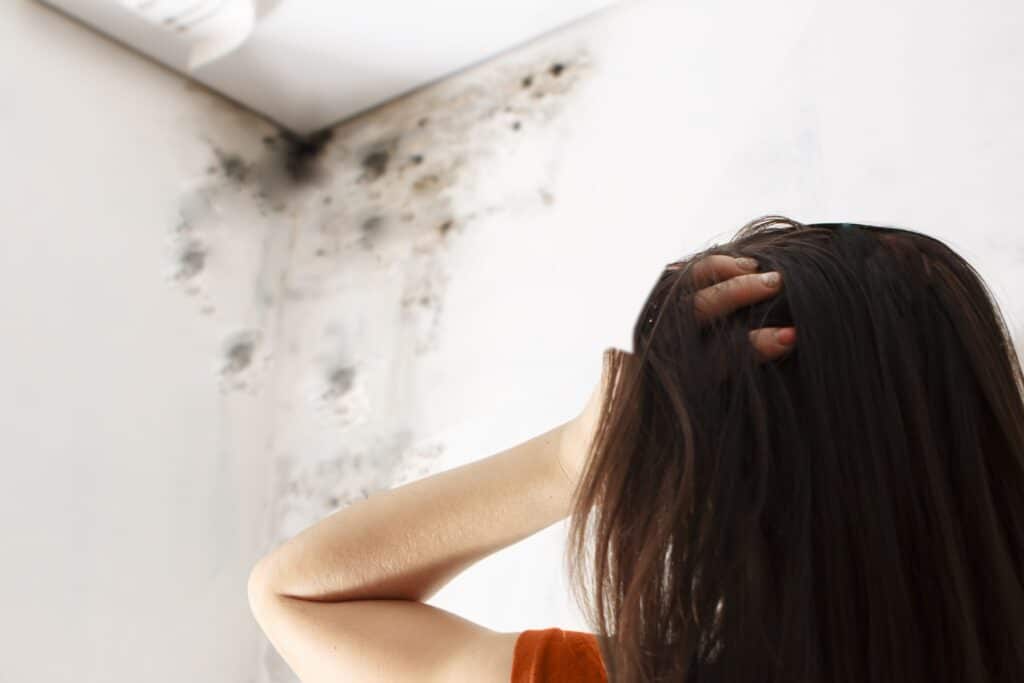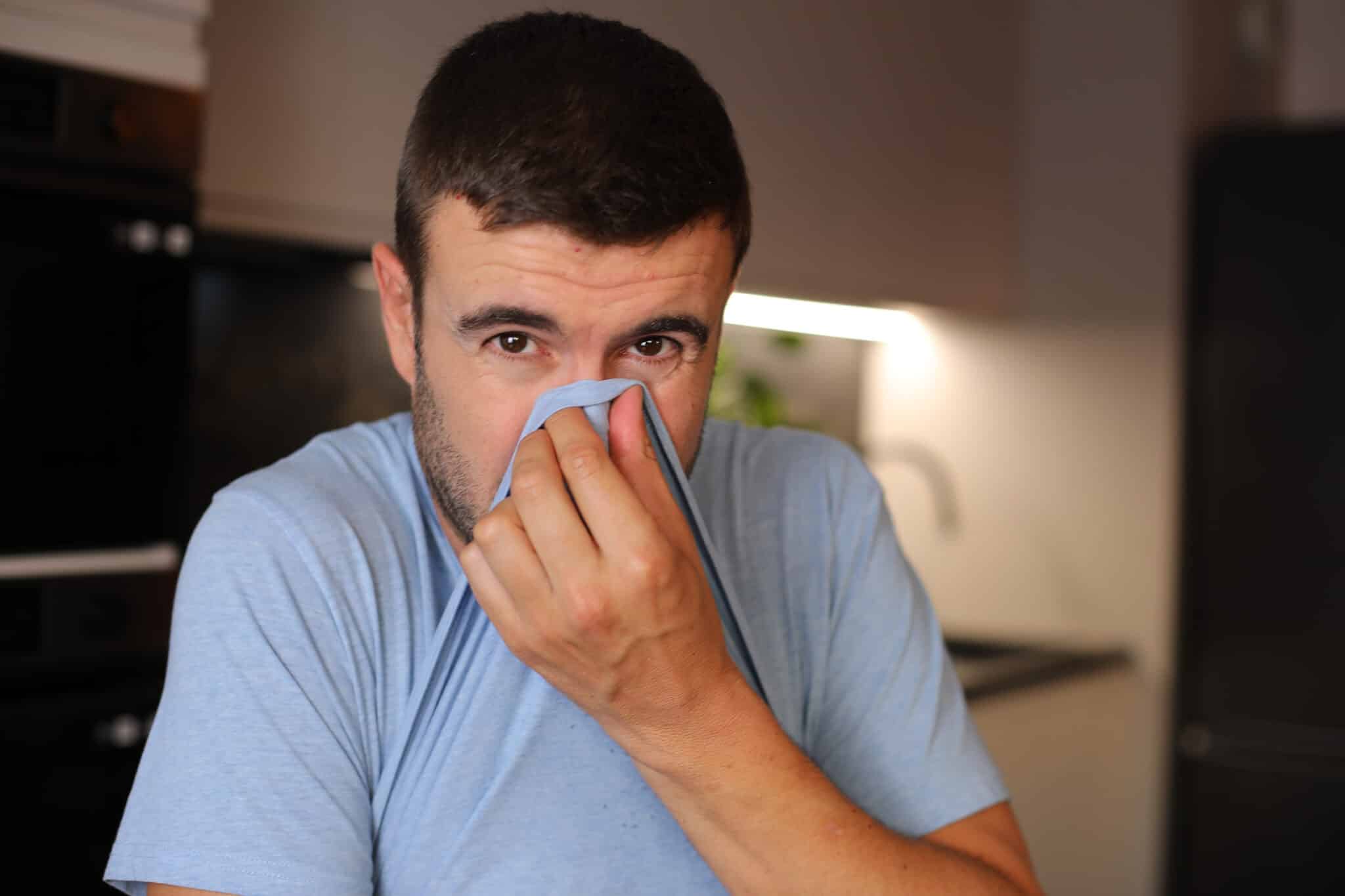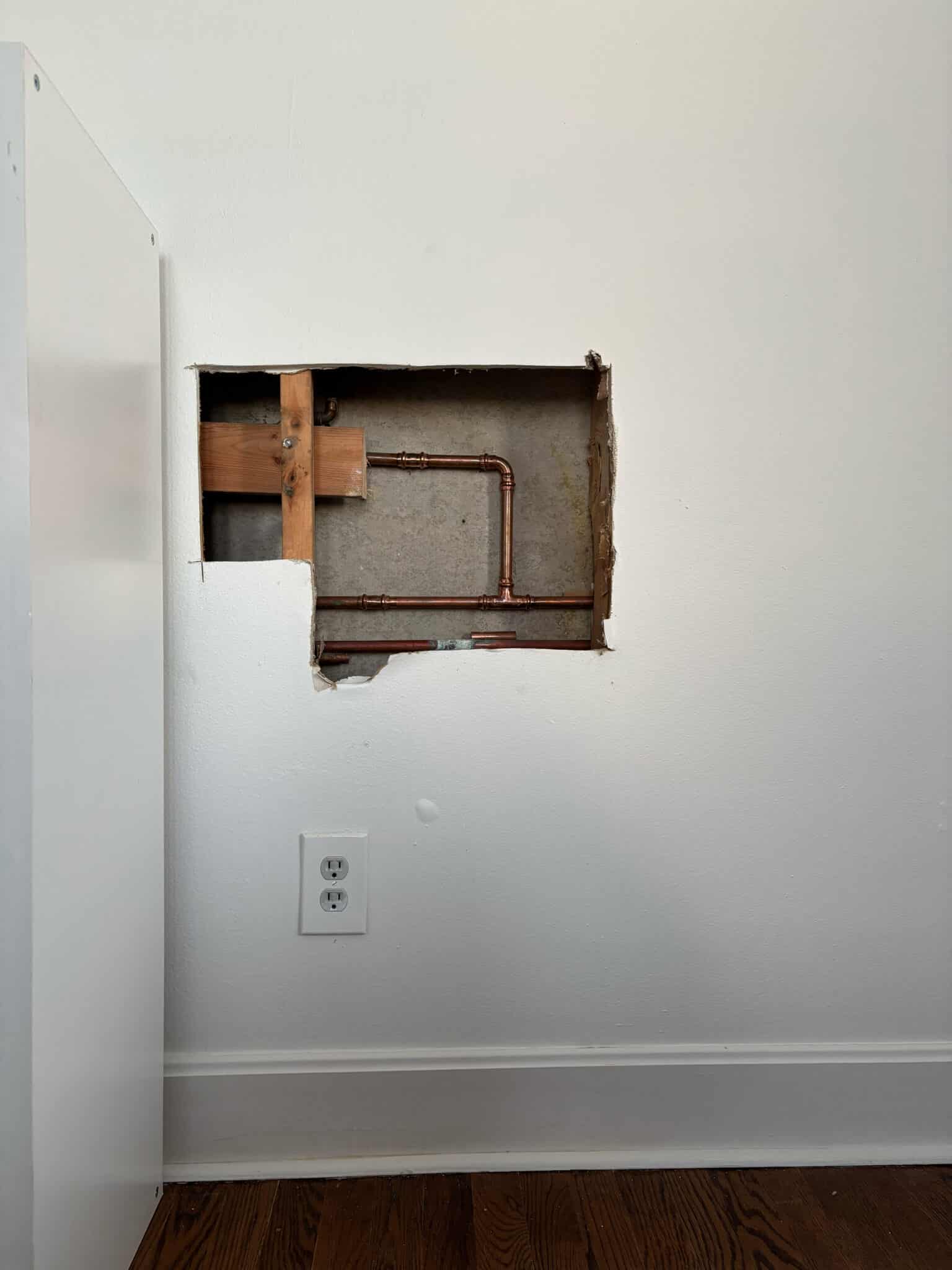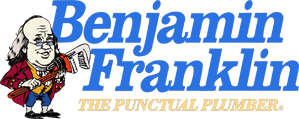
How high humidity cycles lead to hidden mold behind plumbing walls
In Myrtle Beach, SC, residents are no strangers to the sweltering summers and the high humidity cycles that accompany them. These cycles are not just a discomfort, they can lead to serious issues within our homes, especially behind plumbing walls. Humidity cycles refer to the fluctuating levels of moisture in the air, which can vary significantly from day to night and season to season. Understanding these cycles is crucial for homeowners looking to protect their property from hidden dangers.
One of the most concerning outcomes of high humidity cycles is the development of mold behind plumbing walls. When air laden with moisture comes into contact with cooler surfaces, condensation occurs. This trapped moisture creates an ideal environment for mold to thrive, often undetected. Over time, this can pose significant health risks and structural damage to your home.
In Conway, SC, and surrounding areas, the battle against humidity is ongoing. The unique climate here makes our homes particularly susceptible to the challenges posed by humidity cycles. It’s not just about the discomfort, it’s about safeguarding our living spaces from the unseen threats that lurk behind walls. Awareness and proactive measures are key to preventing mold growth and ensuring a healthy, comfortable home environment.
Taking steps to understand and mitigate the effects of humidity cycles can save homeowners a lot of trouble down the line. From using dehumidifiers to ensuring proper ventilation, there are several strategies to combat these issues. Recognizing the signs of excessive moisture and mold growth is the first step towards maintaining a safe and healthy home. In the following sections, we’ll delve deeper into how humidity cycles contribute to mold behind plumbing walls and what you can do to prevent it.
Understanding Humidity Cycles and Mold Growth
Understanding how humidity cycles contribute to mold growth requires a deep dive into the science of moisture. In Myrtle Beach, SC, the air often holds more water vapor than cooler indoor surfaces can handle. This disparity leads to condensation on walls, particularly around plumbing fixtures where temperatures fluctuate. As a result, these areas become prime real estate for mold spores looking for a new home.
Mold thrives in environments where moisture is present for extended periods. Behind plumbing walls, trapped moisture from humidity cycles doesn’t readily evaporate, creating an unseen breeding ground for mold. This situation is exacerbated in spaces with poor ventilation, where moisture has nowhere to escape. Consequently, mold can grow undetected until it becomes a significant problem.
To combat this, homeowners should focus on improving airflow and reducing indoor humidity. Simple actions like using exhaust fans in bathrooms and kitchens, opening windows when weather permits, and running dehumidifiers can make a significant difference. These efforts help to break the cycle of condensation and moisture buildup that mold spores depend on. By keeping indoor air drier, the risk of mold behind plumbing walls is greatly reduced.
Lastly, regular inspections of plumbing areas can catch early signs of moisture issues. Homeowners should look for discoloration, warping, or a musty smell around plumbing fixtures. Early detection is crucial in preventing mold growth and the potential health risks it poses. By understanding and addressing the role of humidity cycles in mold growth, residents can protect their homes and health.
The Science of Condensation in Plumbing Walls
When we delve into the science of condensation within plumbing walls, we uncover a key factor in mold development. Humidity cycles in Myrtle Beach, SC, create conditions where warm, moist air meets cooler wall surfaces, leading to condensation. This process is especially prevalent around plumbing pipes, where temperature differences are more pronounced. As a result, these areas become magnets for moisture, setting the stage for mold growth.
Condensation acts as a silent contributor to mold problems, often going unnoticed until it’s too late. In areas like Conway, SC, where humidity levels are high, the risk is even greater. The moisture from condensation can seep into the crevices and behind the walls, providing a perfect habitat for mold. Without adequate ventilation, this moisture has no way to evaporate, compounding the problem.
Addressing this issue requires a proactive approach to managing indoor humidity and ensuring proper ventilation. Strategies such as installing exhaust fans in high-moisture areas, like bathrooms and kitchens, and using dehumidifiers can significantly mitigate the risk. These measures help to maintain a drier indoor environment, disrupting the humidity cycles that facilitate condensation and, subsequently, mold growth.
Regular monitoring of areas prone to condensation is crucial for early detection of potential mold issues. Homeowners should be vigilant for signs of moisture, such as peeling paint or a musty odor, particularly around plumbing fixtures. Early intervention can prevent the spread of mold, safeguarding both the structural integrity of the home and the health of its inhabitants. Through understanding and action, the challenges posed by humidity cycles and condensation can be effectively managed.

Common Signs of Mold Behind Plumbing Walls
Identifying mold behind plumbing walls early is crucial in combating the adverse effects of humidity cycles in Myrtle Beach, SC. Homeowners should watch for discoloration on walls, which often indicates moisture has penetrated the surface. This sign can be subtle, ranging from slight color variations to more pronounced staining. Early detection allows for quicker intervention, reducing the risk of extensive mold growth.
Another telltale sign of mold is a persistent musty odor, especially around plumbing fixtures. This scent is a clear indicator that mold is present, even if it’s not visible. In Conway, SC, where humidity cycles are a constant challenge, being alert to such odors can help homeowners address mold issues before they escalate. Regularly sniffing around these areas can serve as a simple yet effective mold detection method.
Peeling paint or wallpaper near plumbing areas also signals moisture problems. When humidity cycles cause condensation behind walls, the resulting moisture can weaken adhesive bonds, leading to peeling. This symptom not only points to potential mold growth but also to the damaging effects of trapped moisture on home aesthetics. Promptly addressing peeling can prevent further damage and mold proliferation.
Lastly, warping or buckling of wall materials around plumbing can indicate moisture intrusion. Such structural changes occur when materials absorb moisture, leading to expansion and deformation. Recognizing these changes early on can save homeowners from more severe mold-related issues and structural repairs. Staying vigilant for these signs helps maintain a healthy, mold-free home environment.
The Role of Plumbing Leaks in Humidity and Mold
Plumbing leaks introduce another layer of complexity to the challenge of managing humidity cycles in Myrtle Beach, SC. When water escapes from pipes, it increases the moisture level in the surrounding area, providing yet another ideal setting for mold to flourish. This situation is particularly problematic because it can go unnoticed for a long time, allowing mold to grow extensively behind walls. Addressing leaks promptly not only prevents water waste but also mitigates the risk of mold proliferation.
In Conway, SC, the high humidity levels coupled with occasional plumbing leaks can create a relentless cycle of moisture and mold growth. Homeowners should regularly inspect their plumbing for any signs of leaks, such as unexplained water bills or the sound of running water when all taps are off. Early detection and repair of leaks are crucial steps in breaking the cycle of humidity and mold. By staying vigilant, residents can safeguard their homes against the hidden dangers of moisture.
The interaction between humidity cycles and plumbing leaks underscores the importance of comprehensive moisture management strategies. Incorporating moisture sensors or leak detectors can provide an early warning system, alerting homeowners to potential problems before they escalate. These technologies are invaluable in maintaining a dry and healthy home environment, significantly reducing the risk of mold behind plumbing walls.
Finally, understanding the relationship between humidity cycles and plumbing leaks empowers homeowners to take proactive measures. Regular maintenance checks, including inspecting pipes and fixtures, help catch issues early on. By keeping the home’s plumbing system in good condition, residents can better control indoor moisture levels, protecting their homes from the insidious threat of mold. Through awareness and action, combating the effects of humidity cycles becomes a manageable task.
Preventing Mold Growth Through Humidity Control
Preventing mold growth through effective humidity control involves a few strategic steps, especially in areas like Myrtle Beach, SC. First, maintaining indoor humidity levels between 30% and 50% can significantly reduce the risk of condensation and mold formation. Homeowners can achieve this by using air conditioners and dehumidifiers, which work to remove excess moisture from the air. This approach not only makes the home more comfortable but also less hospitable to mold.
Another key measure is ensuring that your home has adequate ventilation, particularly in high-moisture areas such as bathrooms, kitchens, and laundry rooms. Installing vents or exhaust fans can help expel moist air outside, preventing it from circulating inside the house. In Conway, SC, where the climate can exacerbate humidity issues, proper ventilation is crucial in keeping indoor air dry and mold at bay. Regularly opening windows to allow for air exchange can also aid in managing humidity levels effectively.
In addition to mechanical aids, lifestyle adjustments can play a significant role in controlling indoor humidity. Simple actions like cooking with pot lids on and drying clothes outdoors can greatly reduce indoor moisture. These practices, combined with using bathroom fans during showers, can help break the cycle of high humidity that encourages mold growth behind plumbing walls. It’s about creating habits that contribute to a drier, healthier living environment.
Lastly, regular home maintenance checks can prevent conditions that favor mold growth. Inspecting the home for leaks, ensuring gutters are clean and directing water away from the house, and checking the HVAC system can prevent moisture problems before they start. By taking these proactive steps, homeowners can protect their homes from the damaging effects of humidity cycles. It’s a comprehensive approach that safeguards health and property by keeping mold at bay.
Humidity Cycles and Their Impact on Indoor Air Quality
Humidity cycles significantly influence indoor air quality, particularly in Myrtle Beach, SC, where the climate amplifies these effects. As moisture levels in the air rise and fall, the quality of the air we breathe indoors can deteriorate. This fluctuation encourages the growth of mold and mildew, which release spores into the air. Consequently, residents may experience increased allergies, respiratory issues, and overall discomfort due to poorer air quality.
In Conway, SC, the battle against humidity is not just about comfort but also about health. Managing indoor humidity is crucial for maintaining a healthy living environment. By using dehumidifiers and ensuring proper ventilation, homeowners can mitigate the impact of humidity cycles on air quality. These actions help to keep the air cleaner and reduce the presence of allergens and irritants that can harm our health.
Moreover, the role of humidity cycles extends beyond immediate health concerns. Over time, high humidity levels can degrade indoor air quality by affecting the structural integrity of homes. Materials like wood and drywall can absorb moisture, leading to warping, decay, and the emission of volatile organic compounds (VOCs) into the air. These changes not only compromise the home’s structure but also contribute to a decline in the quality of indoor air.
Finally, addressing humidity cycles is an ongoing process that requires awareness and proactive measures. Regularly monitoring indoor humidity levels and making adjustments as needed can prevent the negative effects on air quality. By taking these steps, homeowners in Myrtle Beach, SC, and Conway, SC, can ensure their indoor environment remains healthy and comfortable, despite the challenges posed by humidity cycles.

Professional Solutions for Mold Detection and Removal
Understanding the complexities of humidity cycles and their impact on indoor environments, homeowners in Myrtle Beach, SC, may find the task of detecting and removing mold daunting. Professional solutions offer a reliable and thorough approach to tackling this issue. Experts in mold remediation possess the tools and knowledge necessary to identify mold at its source, even when hidden behind plumbing walls. Their use of advanced detection techniques ensures that no area is overlooked, providing peace of mind to residents.
In Conway, SC, where humidity cycles contribute significantly to mold growth, the expertise of professionals becomes invaluable. They not only focus on removing existing mold but also on identifying the underlying moisture issues that led to its growth. By addressing these root causes, professionals help prevent future mold occurrences. This proactive approach saves homeowners time and money, eliminating the need for repeated treatments.
Professional mold removal teams also educate homeowners on strategies to manage indoor humidity levels effectively. They provide tailored advice on improving ventilation, using dehumidifiers, and making lifestyle changes that reduce moisture accumulation. This guidance is crucial in maintaining a healthy indoor environment and minimizing the impact of humidity cycles on air quality and home integrity.
Finally, opting for professional mold detection and removal services offers a comprehensive solution to the challenges posed by humidity cycles. Residents of Myrtle Beach, SC, and Conway, SC, can trust in the expertise of these professionals to restore and protect their homes from the hidden dangers of mold. With their help, managing indoor humidity and ensuring a mold-free environment becomes a more achievable goal.
Tips for Maintaining Low Humidity Levels at Home
Maintaining low humidity levels at home is crucial, especially in Myrtle Beach, SC, where humidity cycles can greatly affect indoor environments. Using dehumidifiers in your home can significantly reduce moisture levels, making it less inviting for mold to grow. It’s also beneficial to integrate humidity sensors. These devices help monitor the air, ensuring it remains within the ideal range of 30% to 50% humidity.
In Conway, SC, where the battle against humidity is a daily endeavor, simple lifestyle changes can make a big difference. For instance, taking shorter showers and using exhaust fans in bathrooms and kitchens helps minimize indoor steam and moisture. Covering pots while cooking can also prevent excess moisture from escaping into the air. Such habits, when consistently practiced, can help disrupt the humidity cycles that encourage mold growth.
Ensuring your home has proper ventilation is another effective strategy. Opening windows to allow cross-ventilation can flush out stale, moist air, replacing it with fresh, dry air from outside. However, it’s important to do this during times of the day when outdoor humidity is lower. This practice helps maintain a balance, preventing indoor air from becoming too saturated with moisture.
Lastly, regular maintenance of your HVAC system plays a pivotal role in controlling home humidity levels. Cleaning or replacing air filters and having your system checked by professionals ensures it runs efficiently. This not only helps in keeping the air dry but also improves the overall air quality in your home. Adopting these measures can protect your home from the negative impacts of humidity cycles, ensuring a healthier living environment.
Frequently Asked Questions
What causes mold behind plumbing walls?
Mold behind plumbing walls often starts with high humidity cycles. These cycles cause condensation on cooler surfaces inside the walls. Trapped moisture creates an ideal environment for mold growth. Regular checks and maintenance can prevent these issues, ensuring a healthy home environment.
How do humidity cycles affect mold growth?
Humidity cycles play a crucial role in mold development behind plumbing walls. As humidity levels rise and fall, moisture accumulates, creating a perfect breeding ground for mold. This process is accelerated in hidden areas where air circulation is limited. To prevent mold growth, controlling indoor humidity is essential, ensuring a healthier living space.
Can mold behind walls be dangerous?
Mold hidden behind walls can pose serious health risks. It releases spores into the air, which can trigger allergies and respiratory issues. People with asthma or weakened immune systems are especially vulnerable. Addressing mold promptly ensures a safer and healthier home environment.
What are signs of hidden mold in homes?
Signs of hidden mold include a musty smell, peeling wallpaper, discolored walls, and worsening allergy symptoms. These indicators suggest mold is growing out of sight, often worsened by humidity cycles. If you notice these signs, it’s crucial to investigate further. Addressing hidden mold early can protect your home and health.
How can humidity cycles be controlled?
Controlling humidity cycles involves several straightforward steps. Use dehumidifiers in high-moisture areas to keep air dry. Ensure good ventilation, especially in bathrooms and kitchens, to reduce moisture buildup. Fix leaks promptly to prevent excess water from raising humidity levels. Lastly, installing exhaust fans can help remove moist air, maintaining a balanced indoor climate.

 843.213.6611
843.213.6611